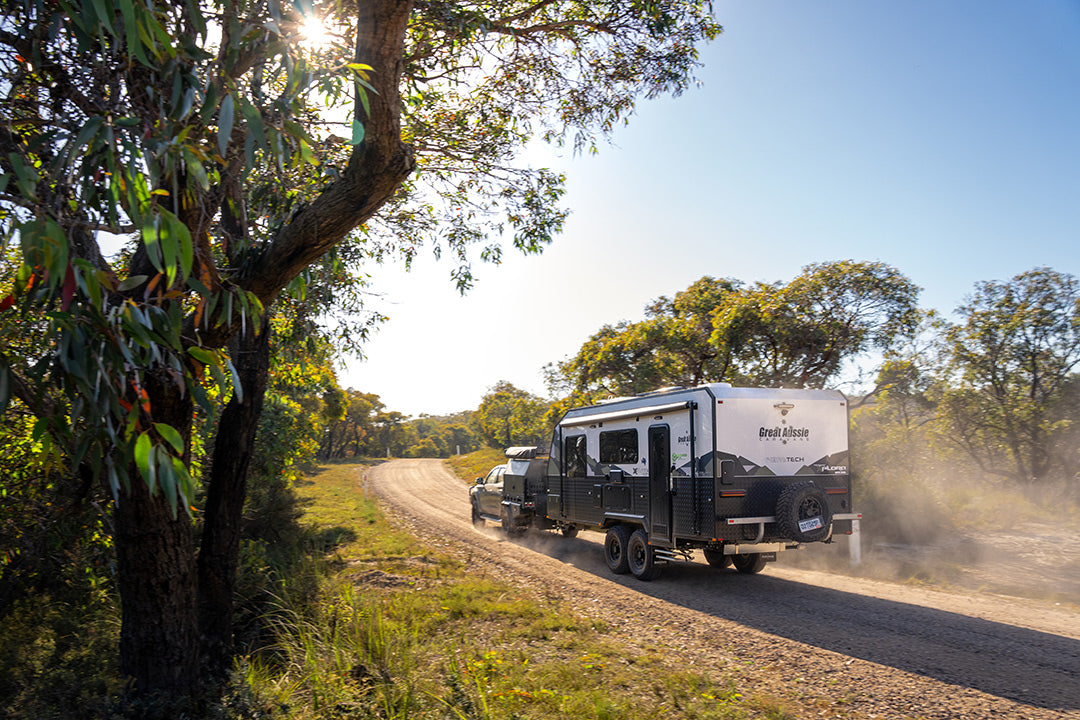Journey along the Murray River in Echuca and Moama, Vic—NSW
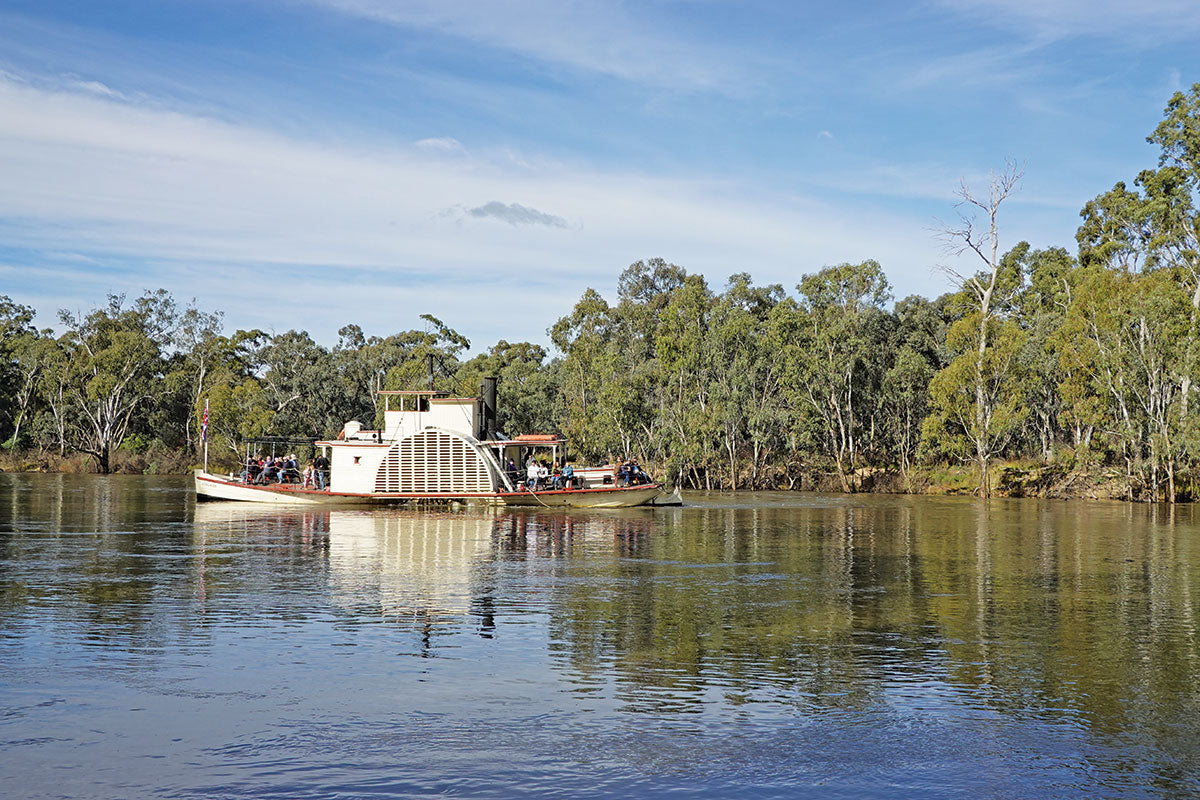
Just a short walk from the car, it suddenly came into view — a great cappuccino-coloured expanse flowing swiftly between the banks of gnarled river red gums. The mighty Murray River. A tiny flutter of excitement rushed through me as I saw it, like the kind you get when meeting a legend.
And the Murray is legendary. For around 40 million years, Australia’s longest river has travelled 2508km from the Snowy Mountains in New South Wales to the river mouth at Goolwa in South Australia. It’s seen it all, through changing times and countless droughts and floods.
This river is the treasured heartbeat of Echuca–Moama, twin towns on the VIC–NSW border, a 2.5-hour drive north of Melbourne. The proximity of this particular bend in the river is what saw Echuca settled in the first place. The Murray was once a trade route bustling with cargo-carrying paddle steamers, and Echuca was the hub that dispersed goods via a direct rail link to Melbourne and beyond. Between 1865 and 1910, this was Australia’s third largest port after Sydney and Melbourne.
A few paddle steamers still whistle and splash up the river, anchoring the town in its history, but today’s visitors to the region enjoy this waterway and its surrounding attractions for pleasure.
The port
The Port of Echuca is the focal point of the region and where it all began. At its peak, the wharf here was 332m long and staged over three levels to allow for the 10-metre fluctuations in river height across droughts and floods. Today it stands at 75 metres in length after being nibbled at during wood-shortages in 1944, the removed timber having been shipped to Melbourne.
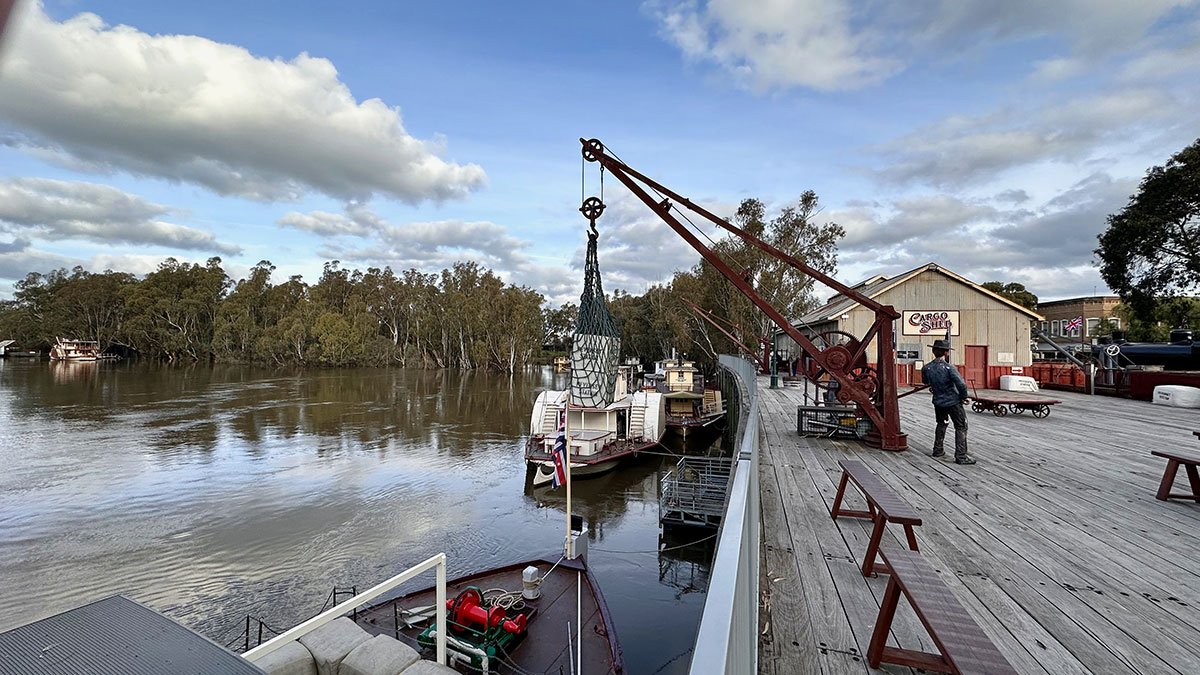
The port makes a fascinating open-air museum with plenty of reminders of the time: locomotive steam boilers, sawmill, rail siding and vans, hydraulic cranes used for loading and unloading boats, cargo sheds and audio re-enactment recordings that tell stories of the port’s heyday. Lining the dirt road behind the wharf are scattered yet more heritage buildings, pubs and the odd wooden cart.
As I stood on the wharf, half a dozen paddle steamers moored to the bank and another chugged past with a husky ‘toot-toot’. The sense of history is powerfully alive in this lovely riverside town, so much so that I almost felt myself flitting between the present and an 1880s parallel universe when paddle steamers were lined up four deep and men worked 12-hour shifts to load bales of wool, wheat and other goods. It was tough and dangerous work, and I can only imagine how wild those pubs would have been at the end of a day.
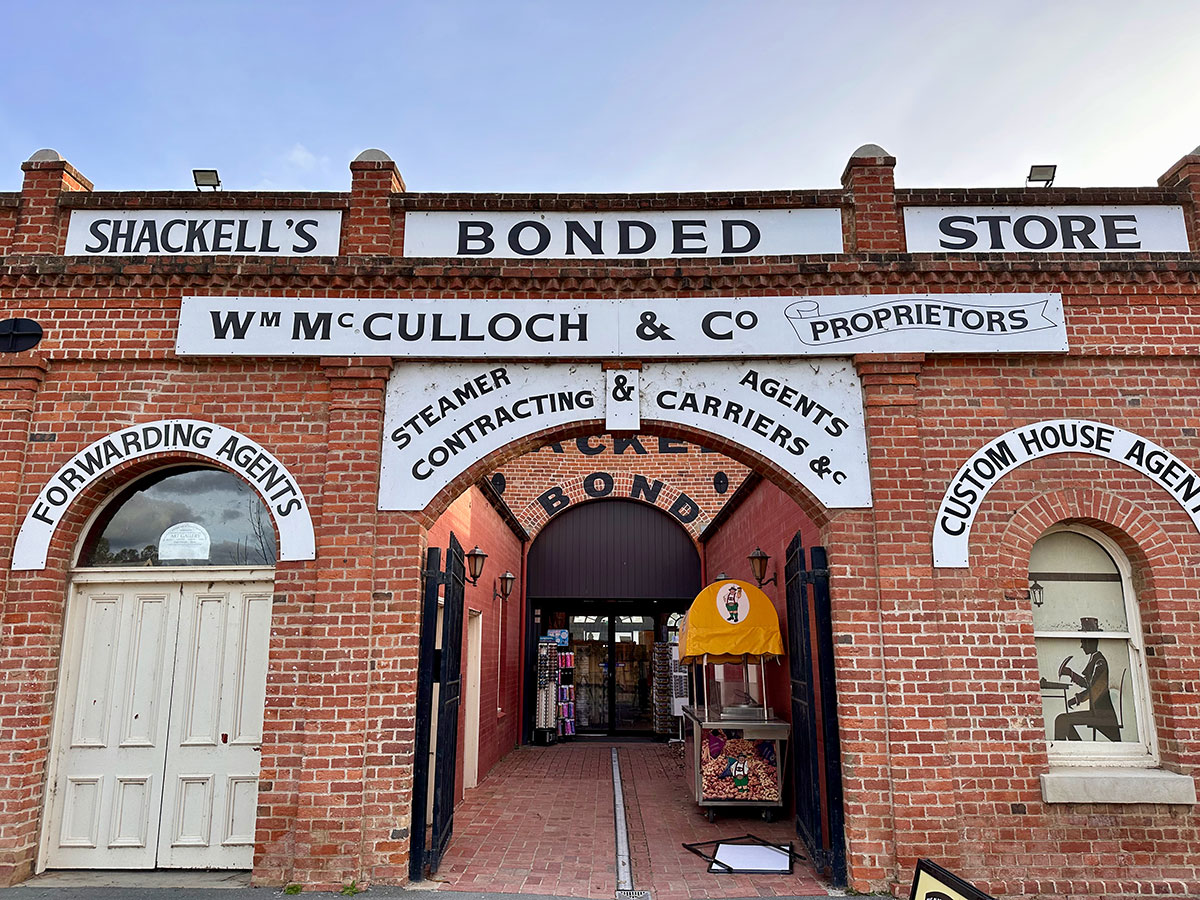
At the port’s peak period, up to 240 paddle steamers were being cleared annually but as railways and road transport became cheaper, the shipping trade declined (around 1910–1920) and many paddle steamers were scrapped.
The Port of Echuca Discovery Centre explains not only the history of the town and its paddle steamers but about the people who lived here and makes an eye-opening visit.
River highway
The number of boats may have diminished but Echuca–Moama still has the largest operating fleet of paddle steamers in the world. A ride on one is a must and makes for a very fun day. Steam engines are the hot beating heart of any paddle steamer and when you stand next to one while it’s wafting the smell of oil and hissing steam to turn the paddle wheel splashing alongside, you really feel connected to the river and its history in a way that can’t be appreciated otherwise.
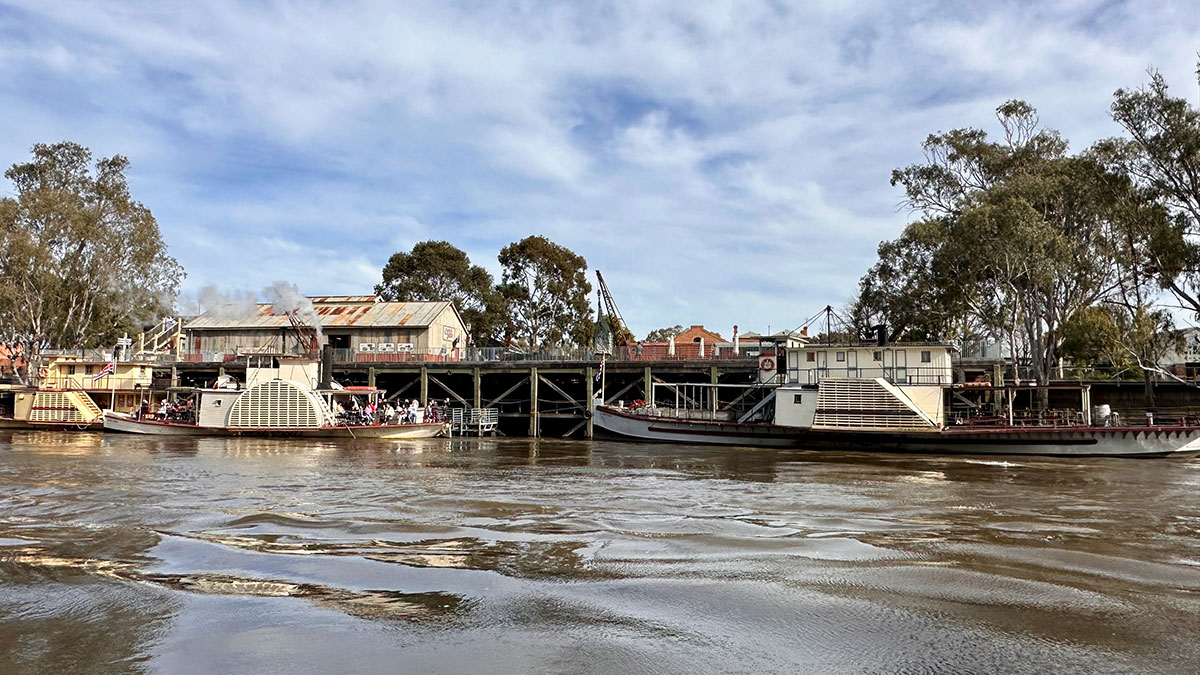
There are numerous boats and cruise options to choose from, from one-hour sunset jaunts with wine and charcuterie, to three, four or even seven-night cruises that really let you embrace the paddle steamer era and witness the outback from the river.
I opted for a Wharf to Winery lunch cruise with Murray River Paddlesteamers and when I lined up on the riverbank to board the PS Canberra, I couldn’t help but notice a waterline stain on a tree that was a good metre or two above the heads of my fellow passengers. Next to it, a plaque noted it as the level of the 2022 flood during which waters rose 94.98m above sea level — the highest recorded since 1916 (96.2m is the highest ever, recorded in 1870). It was catastrophic at the time, inundating many properties, however as a visitor more than a year later, you won’t see much evidence of it.
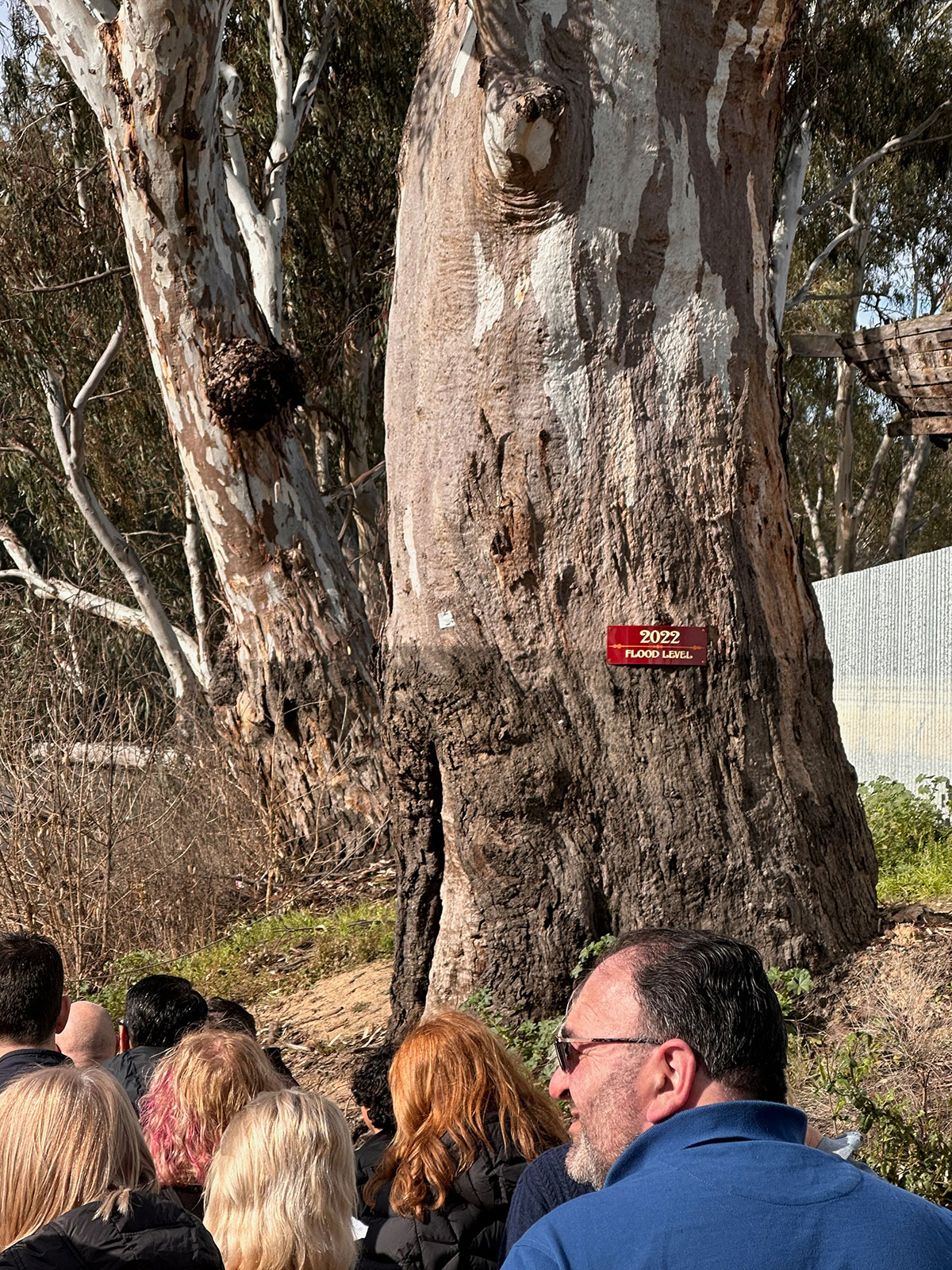
The Canberra was built in 1912 and its wood-fired steam engine chugged away as we cruised a river shared with birds and a few other paddle steamers. There was commentary from the captain but also silence to simply enjoy the serenity. After half an hour the boat pulled up at a small floating jetty where we walked ashore and up the banks to Morrisons Winery and Restaurant for a two-course lunch and wine tasting. Rivers — they’re the way to travel!
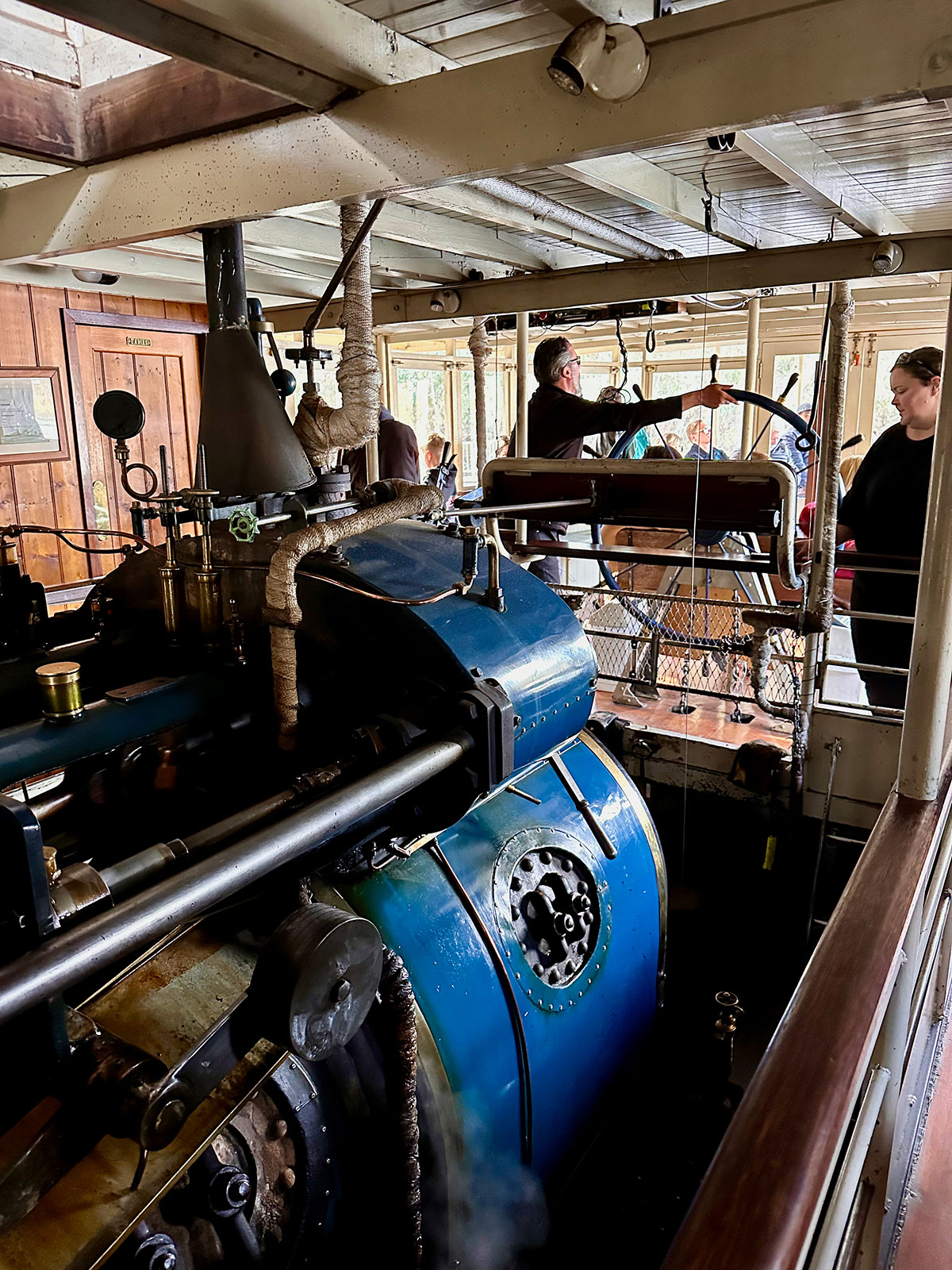
Paddle steamers aside, the Murray is a playground for boats of all kinds. Houseboating is hugely popular here and boats can be rented without any special licence (try Murray River Houseboats), but the river is also popular for waterskiing, canoeing, fishing and stand up paddleboarding. If you don’t have your own vessel, you can rent a tinny or a barbecue pontoon from Echuca Boat and Canoe Hire.
Fishing opportunities are plentiful. A few great spots include the junction of the Murray and Goulburn Rivers, Edward River Bridge Picnic Area, and Picnic Point in Mathoura.
On the trails
From the seat of a bike is a great way to get oriented around the townships of Echuca–Moama. The Port of Echuca Discovery Centre lends bikes out for free and provides maps and route suggestions. I opted for a six-kilometre loop from the visitor information centre, over the Murray, through the town of Moama, and back over the river again, hugging its shoreline to complete the loop. It’s a leisurely one-hour adventure that gave me a good overview of the place. From bridges I enjoyed fantastic views over the river and across the treetops, and during my visit the water was running high enough to spill across low paths and wrap around trees. The frogs sounded quite happy with this lush environment.
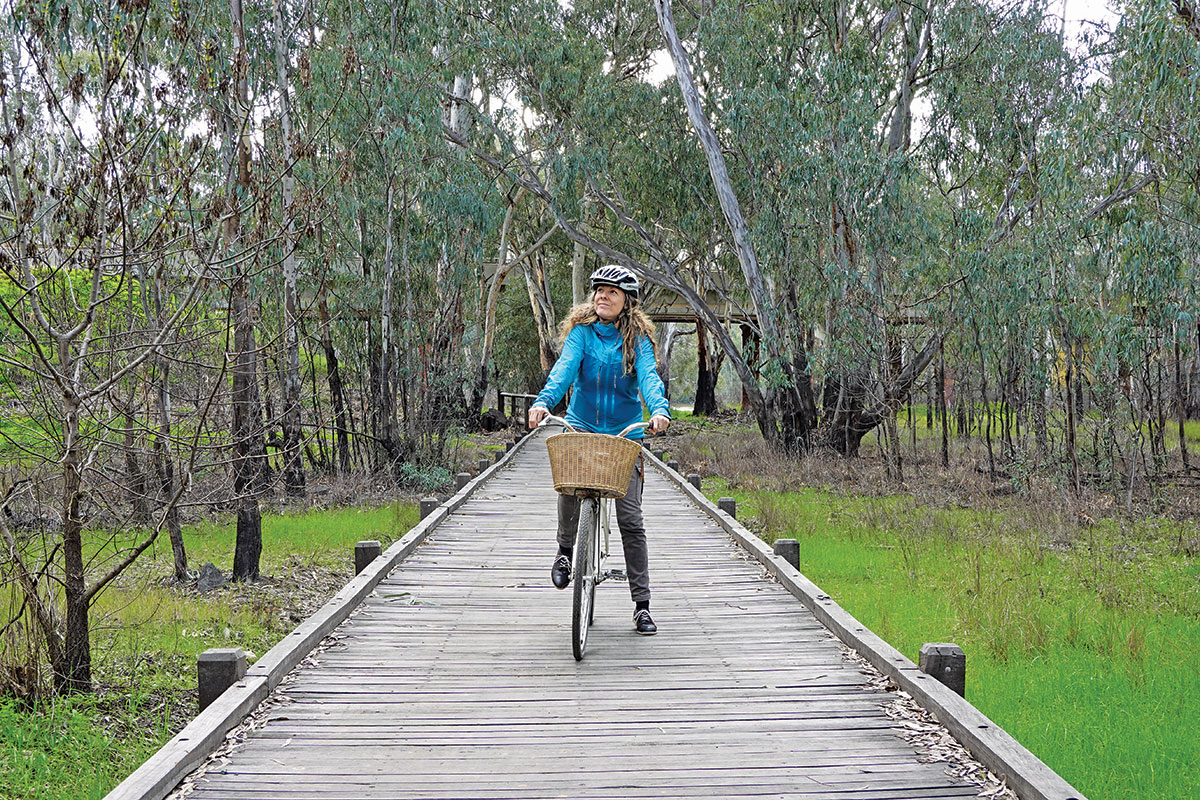
The limited gears on my steed didn’t offer a lot of grunt but thankfully the route was largely flat, and I was tempted off route a few times to explore small deviations. If you’ve got a mountain bike, the seven-kilometres of track at Five Mile Mountain Bike Trail in the Murray Valley Regional Park are worth visiting.
Many of the trails crisscrossing Echuca–Moama are equally good for two feet — pick up a copy of Discover Murray River Country’s Walking and Cycling Trails brochure for ideas. Most are pretty short in distance, but not short on scenery. The 1.5km return boardwalk through the trees and over the water at Horseshoe Lagoon is an especially beautiful place.
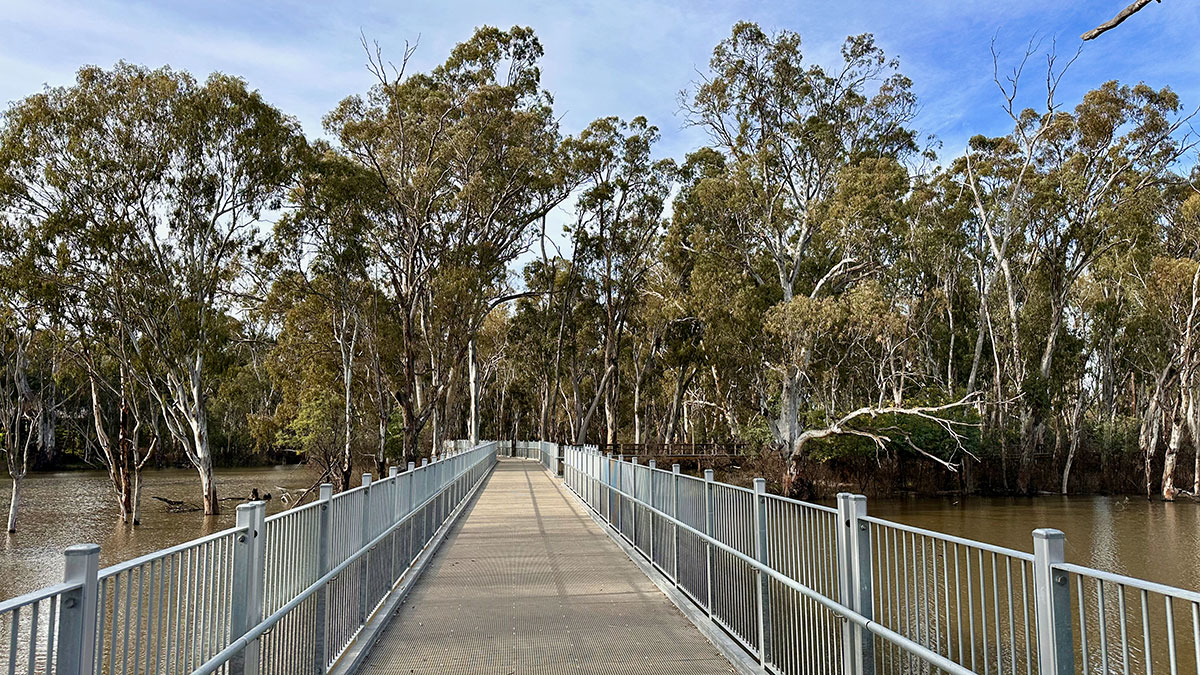
For something completely different, consider Murray River canoe trails, four routes that range from half an hour to 3.5-hours in length, spanning Picnic Point and Barmah Lakes. If you don’t have your own canoe or kayak, River Country Adventours rent them out, as well as offering self-guided multi-day safaris based on camping along the way.
If a scenic drive is your vibe, there’s the Echuca Moama Silo Art Trail which runs a rough loop through the nearby towns of Colbinabbin, Rochester, Picola and Kyabram. It takes about four hours behind the wheel but allow a full day to soak it up and get a nice pub or winery lunch along the way.

The largest artwork, spread across five silos, is a mural of local history at Colbinabbin but my personal favourite is at tiny Picola, a lone silo celebrating the flora and fauna of Barmah Forest. Real bird song provided a delightful backing track as I walked around it, past the enormous green and yellow superb parrot, brumbies, kangaroos and a medley of bird life to finish with a giant egret.
The great beyond
The river’s pull is strong but if you can tear yourself away there are good reasons to venture further afield. First is Cactus Country, an hour northeast. Australia’s largest cactus farm is so surreal you’ll wonder if you somehow stumbled into Mexico. Picture more than 10,000 cacti, from small succulents to your classic cartoon-like saguaro, spread across almost five hectares. Eight sandy trails showcase cacti from the Andes to Arizona and it’s all photogenic in the extreme.
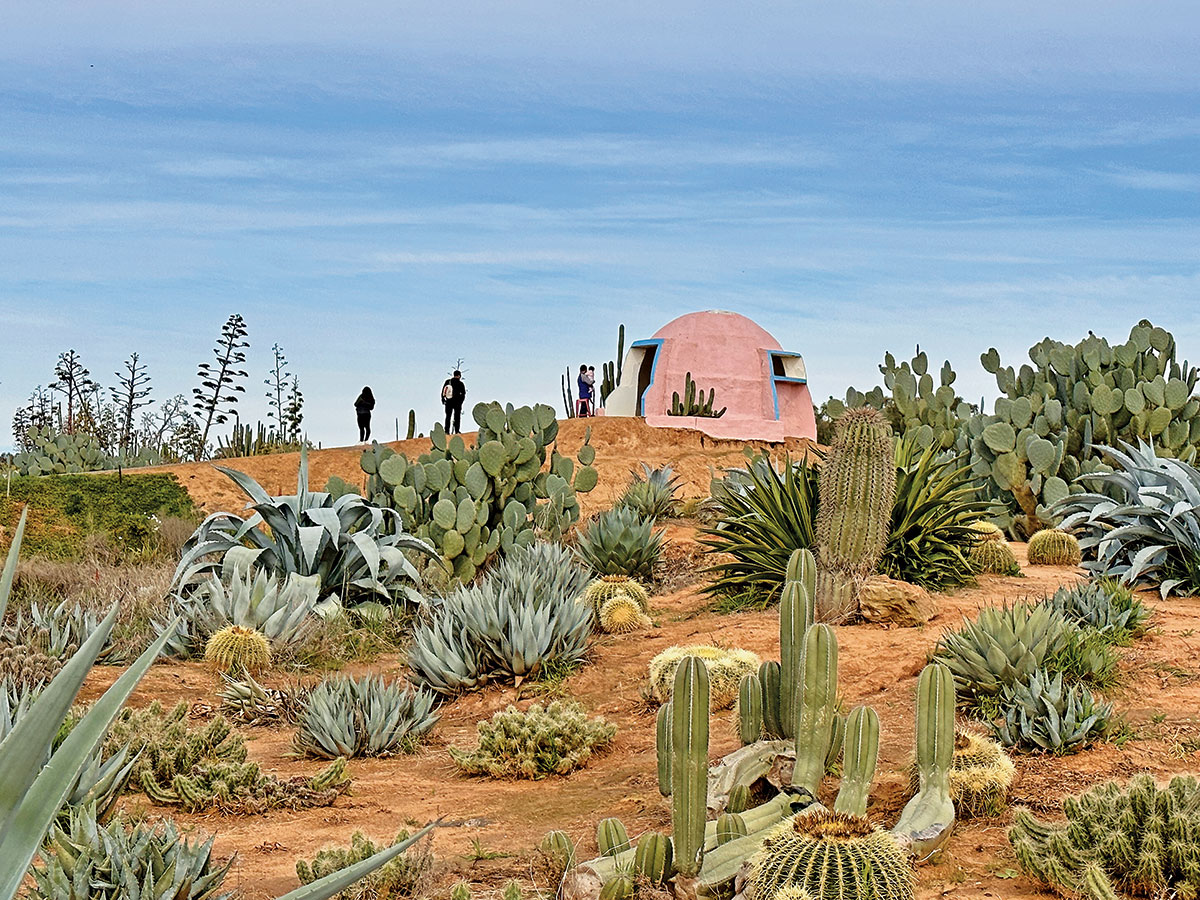
You can download a guidebook (or borrow a hardcopy) which contains loads of fascinating facts about these wacky plants. Some 'hold their breath' during the day to avoid water loss and other species were once used by the Aztecs as sacrificial altars. I highly recommend pausing for nachos and a margarita, or some cactus cake in the adobe courtyard afterwards.
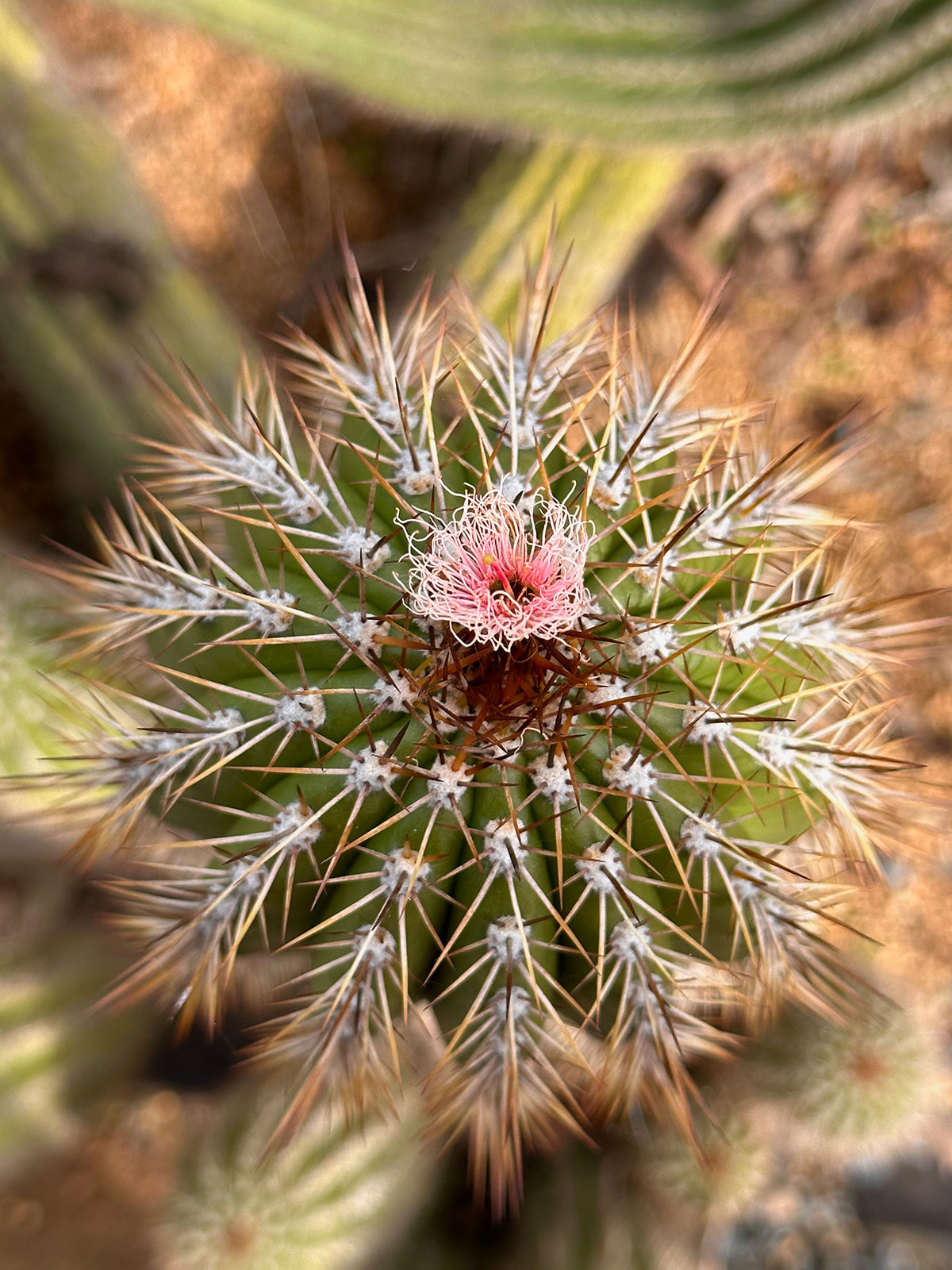
Heading half an hour southeast of Echuca is Kyabram Fauna Park, the latest acquisition by Zoos Victoria that focuses on creatures of woodland and wetland habitats. The park’s 55 hectares include massive wetlands that attract migrating birds, as well as open-air enclosures for creatures like wombats, Tasmanian devils, dingoes, emus and cassowaries. Animal encounters with koalas, reptiles and cassowaries are available, which adds something extra-special to the experience. Also onsite is an old cottage built for early pioneers in 1867. Kyabram’s relaxed and informal vibe invites visitors to roam the vast estate at leisure and discover it for themselves.
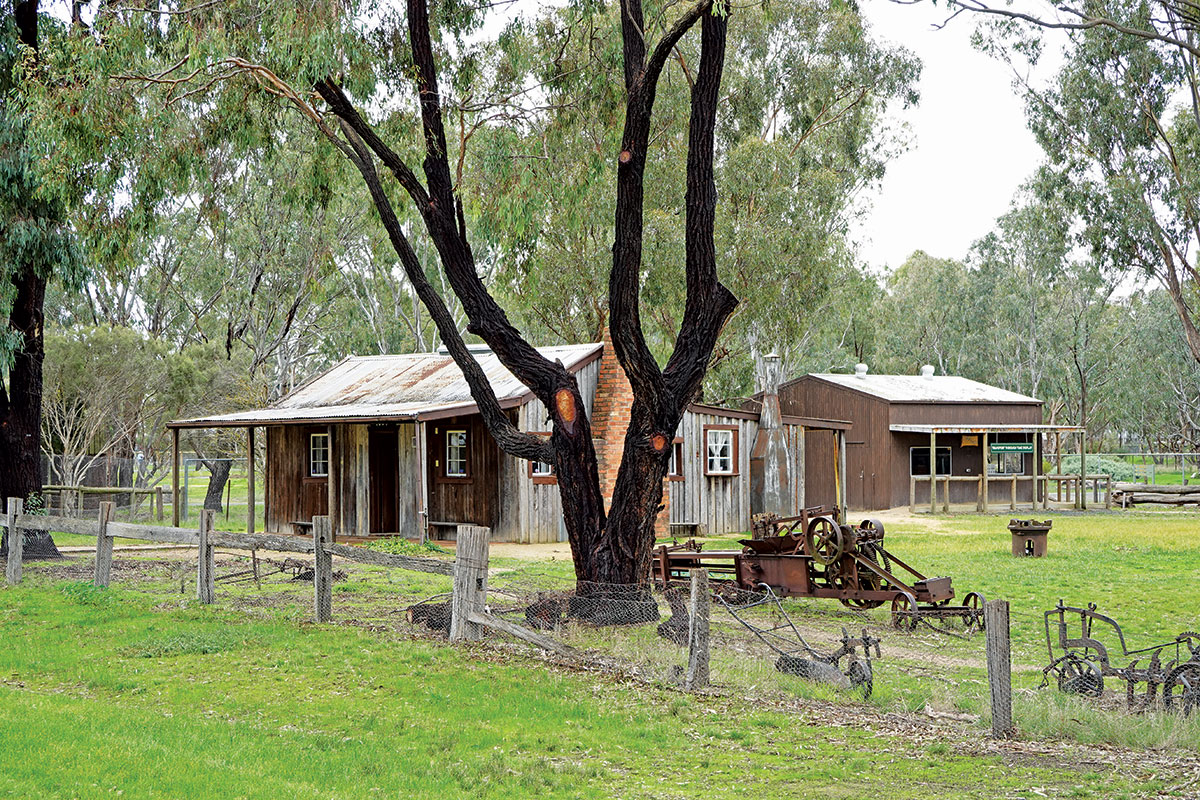
In fact, roaming (and flowing) like the Murray itself, is the best strategy when visiting this region as a whole. Slow down and let the river calibrate you.
Stay
There are lots of free bush camping areas dotted along the Murray River where you can set up among the river redgums and play on sandy beaches. Many have at least toilet facilities, if not fireplaces, tables and maybe a boat ramp too. Here are just a few of the top options:
Just outside Echuca:
- Christies Beach Camping Area
- Betts Bend Beach Camping Area
A little further afield:
- Barmah Lakes Camping Area
- Swifts Creek campground (bookings required)
- Edward River Bridge Campground (bookings required)
- Gunbower Island State Forest Campground.
Bookings can be made via NSW National Parks and Wildlife Service.
If you want fully serviced caravan park with a pool and recreation facilities, NRMA Echuca Holiday Park, adjacent to the river, is a great choice.
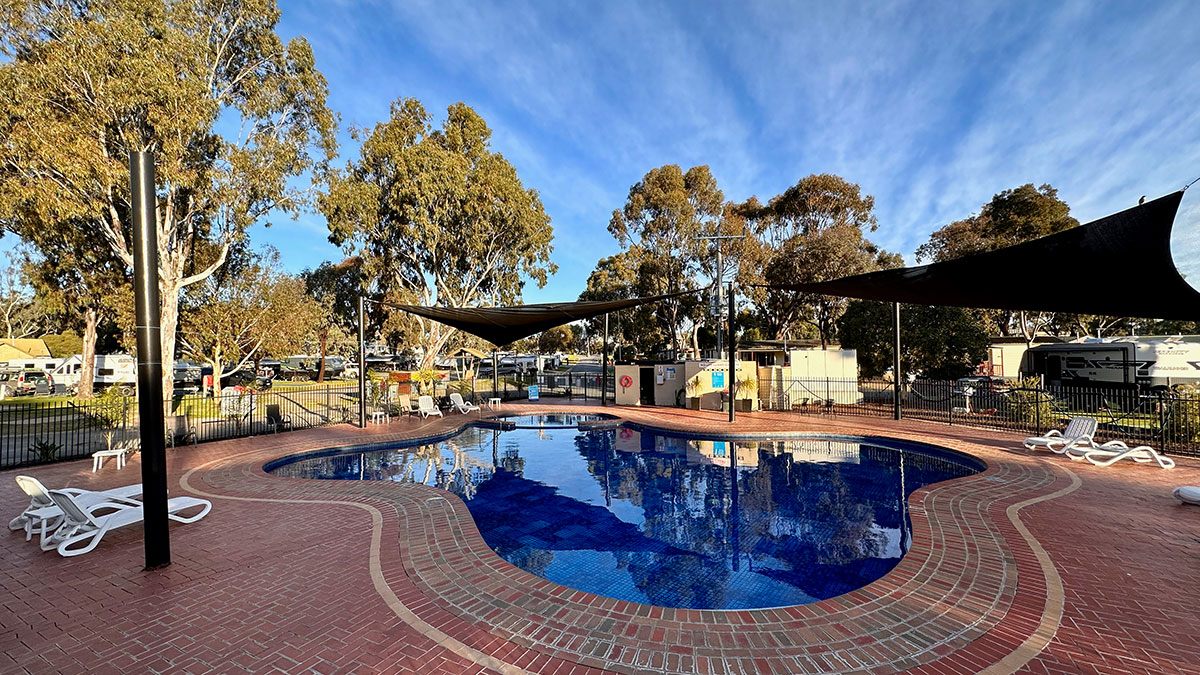
Eat and drink
If only the walls could talk. There’s some serious history in Echuca, so check out historic 1800s establishments like American Hotel (classic corner pub with rooftop bar, renowned for its wood-cooked barbecue meat), Star Hotel (opposite the wharf and full of atmosphere for a fireside drink or wood-fired pizza), and The Mill Echuca (a five-story, heritage-listed former flour mill with brick walls, luxe chandeliers and cosy couches; the food is top notch.) A modern restaurant and bar with good food is Bar Lee —incidentally also the tasting room for award-winning Echuca Distillery — which offers seating alongside the copper stills. Enjoy a homey vibe, plant-based menu and excellent coffee at The Sweet Meadow, breakfast through lunch.
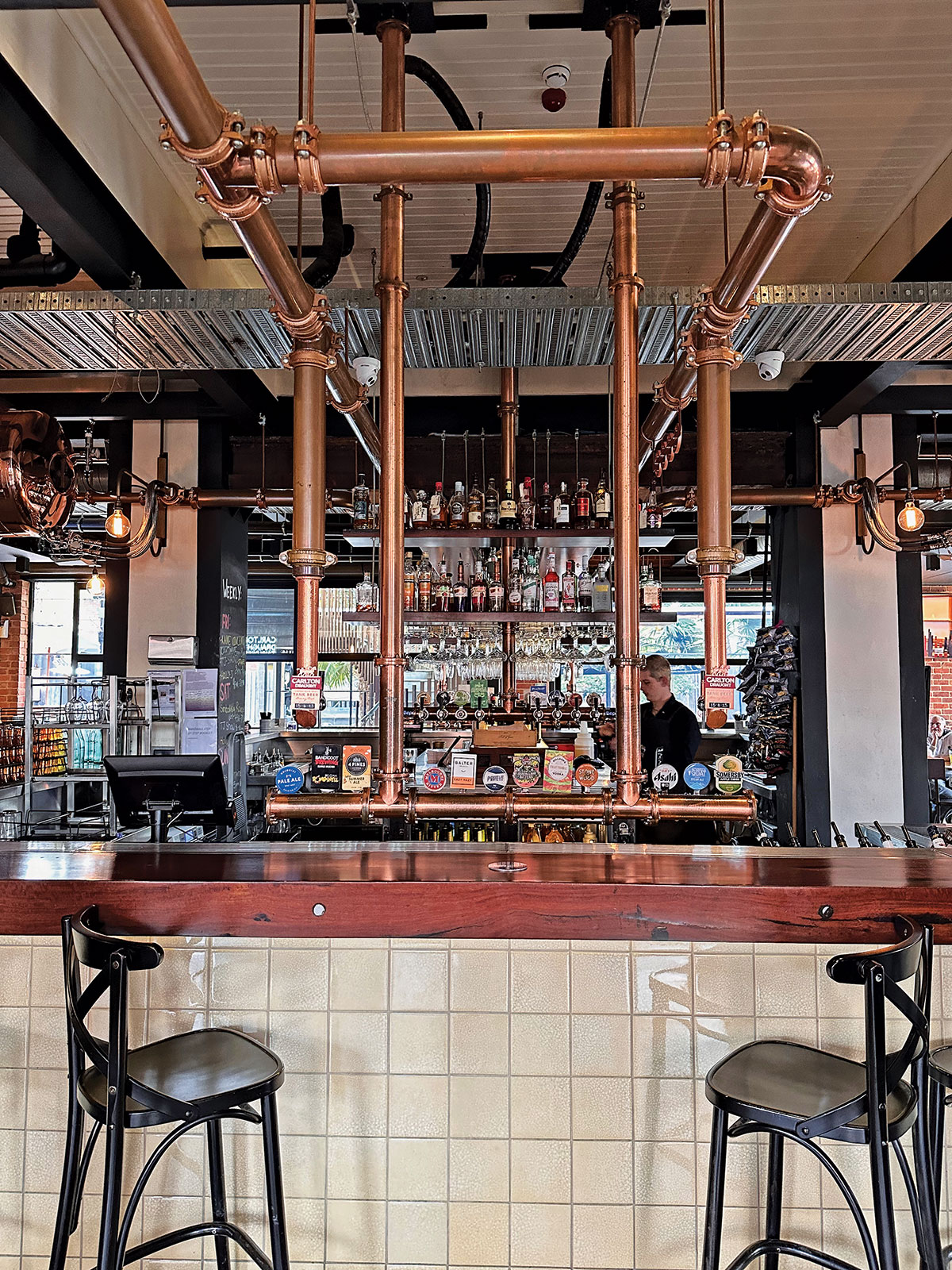
Do
Wandering the historic Port of Echuca and taking a ride on a paddle steamer is a must. Murray River Paddlesteamers have cruises from one hour to one week in duration. Explore plentiful walking and biking trails, or drive the Silo Art Trail (download a trail map here). Cactus Country is a surreal look at Australia’s largest cactus garden (cactuscountry.com.au).
More info
Head to echucamoama.com.au and visitrivercountry.com.au for more inspiration.
The writer travelled as a guest of Murray Regional Tourism.
THE NEXT STEP
Are you ready to experience the freedom of the open road? Don't wait - Find your dream getaway now!






